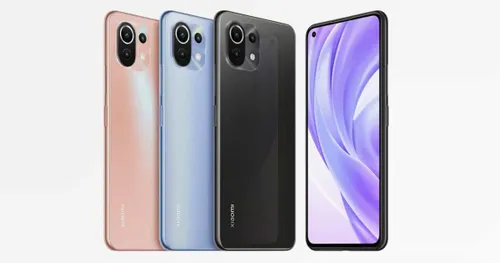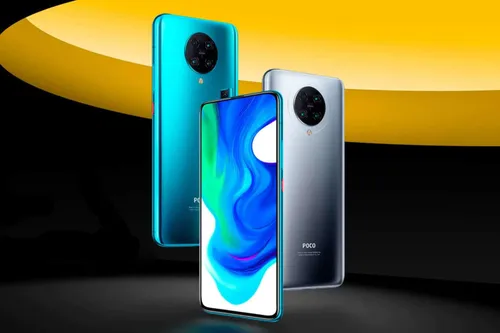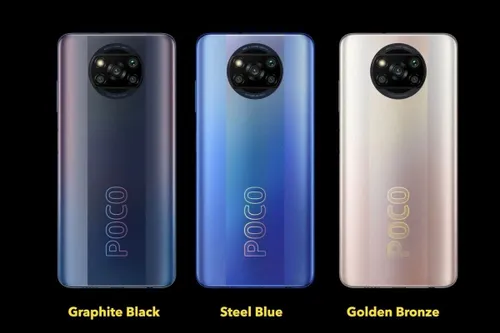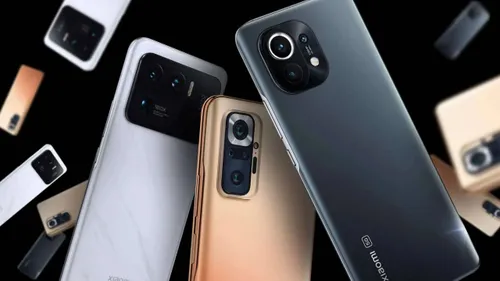A few years ago the conversation was simple: strong chip = long life. Today it’s more like a negotiation between old silicon and new software policies. That’s where things get interesting.
Snapdragon 778G Phones: Still the Easiest to Live With

Snapdragon 865/870: Great Hardware Trapped by Old Software
Now, the story changes when you look at the 865 and 870 lineup. These chips are still fast — faster than plenty of 2025 midrange devices, in fact. Models like the Mi 10, Mi 10T, POCO F3 and F4 can outperform phones that cost twice as much today.
But most of them hit the software ceiling at Android 12 or 13, and that ceiling is getting lower each year. Financial apps, for example, are slowly refusing to run on older versions. It’s not that the phones slow down; they simply become incompatible.

POCO F2 Pro
Unless — and here’s the exception — you’re comfortable with custom ROMs.
Snapdragon 855/860: For Enthusiasts, Not Casual Users

The POCO X3 Pro
But using them today isn’t as carefree as it used to be. Unlocking the bootloader breaks Google’s security checks. That means some banking apps won’t run unless you resort to patches or modules — and those can break after updates. It’s doable, but it requires a level of patience that casual users usually don’t want to invest.
The Meaning of “Usable” Has Changed
What’s interesting is how the definition of a “usable phone” has shifted. Hardware can last four, five, even six years these days. It’s the software rules, API levels, and security frameworks that now define a device’s lifespan.
Older Xiaomi models with the 778G still feel straightforward and dependable. The 865/870 generation remains powerful but requires work. And the 855/860 crowd has crossed into enthusiast territory.
Still, it’s impressive how many of these devices hold their ground in 2025. Longevity isn’t dead — it just demands the right combination of hardware, updates, and a bit of user awareness.
- Many older Xiaomi phones in 2025 remain usable, but software support now matters more than hardware strength.
- Snapdragon 778G devices like the Xiaomi 11 Lite 5G NE and POCO X5 Pro are the safest “plug-and-play” choices.
- Snapdragon 865/870 phones still deliver high performance but depend heavily on custom ROMs for modern app compatibility.
- Snapdragon 855/860 models survive thanks to community ROM support, but require technical effort and may break banking apps.
- The real challenge for old Xiaomi devices is meeting new Android security, banking, and API requirements — not raw speed.
